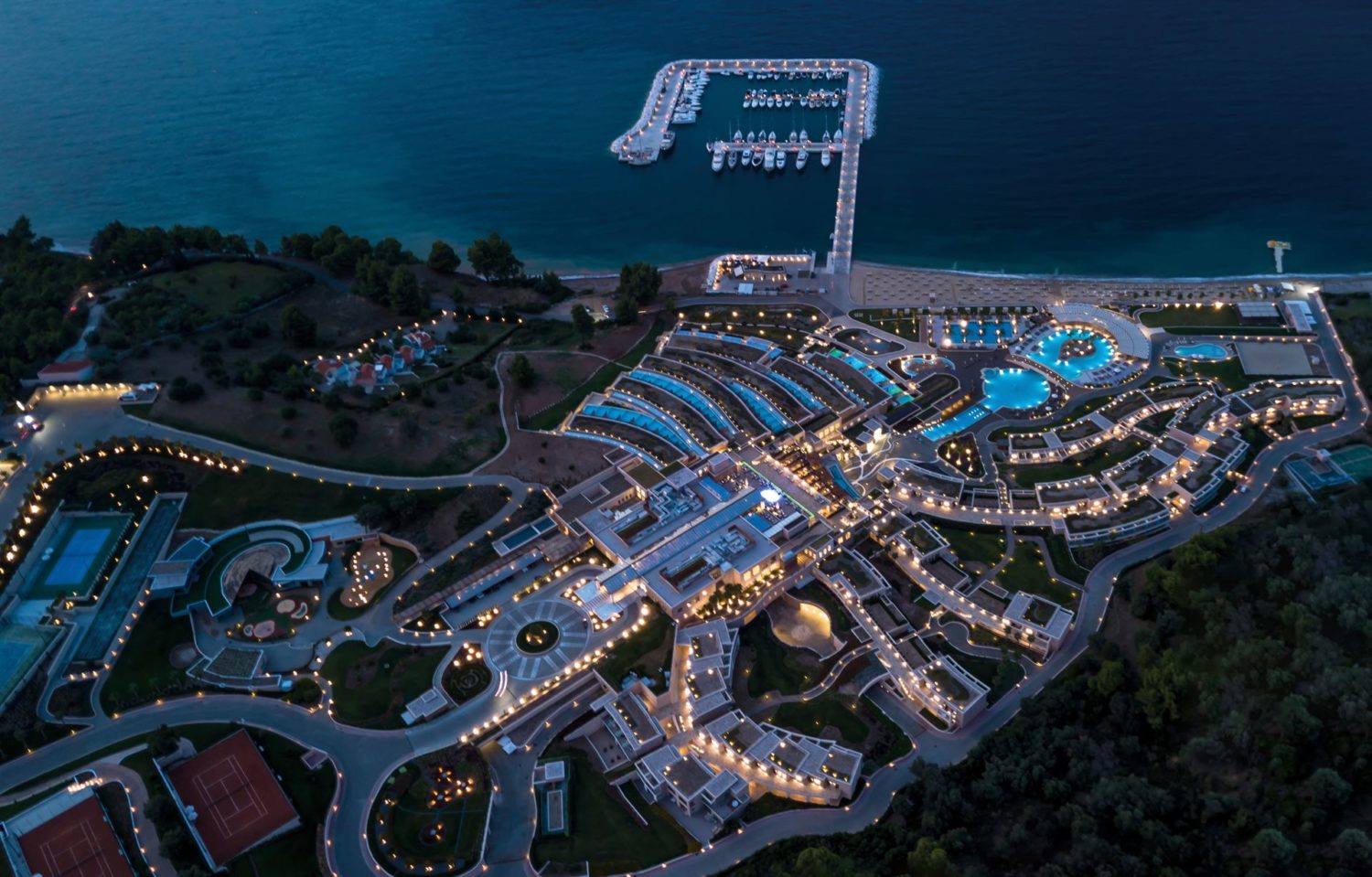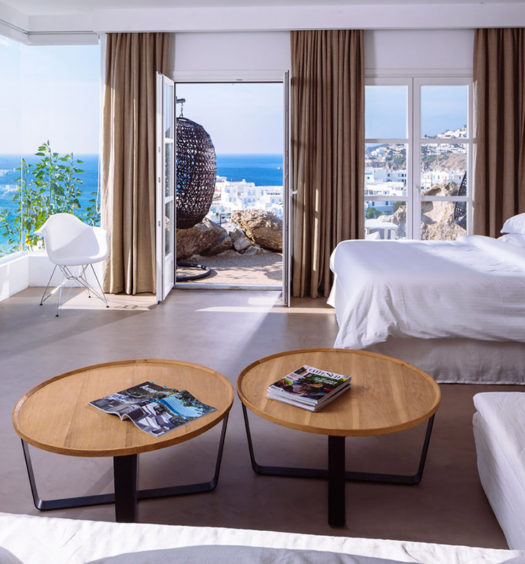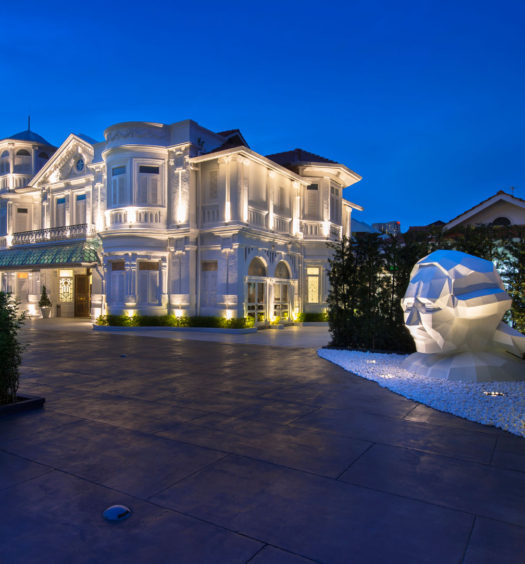A detailed guide for hotel lighting that analyzes all the necessary stages and actions, from the designing process and the study of application to the final installation of the lighting elements
11 mins readThe contemporary hotel, within a world of globalized tourism industry, is expected to evolve rapidly, from its traditional role of simply providing hospitality to a dynamic and complex combination of high-quality services and amenities. The necessity of business travels, the explosive growth of tourism and the intense competition among large-scale hotel chains have led to a reconsideration of the provided services, since more attention is now paid to detail and the creation of authentic spaces that meet and — if possible — exceed the guest’s wishes and expectations.
Within this demanding and versatile framework, architectural lighting, through a process of professional study and design, has to play a similarly demanding role: that of the creation of the right atmosphere and of the feeling of comfort, relaxation, tranquility, pleasure, and well-being of the guests. In other words, of all the elements that underline a great hotel’s upgraded character and identity.
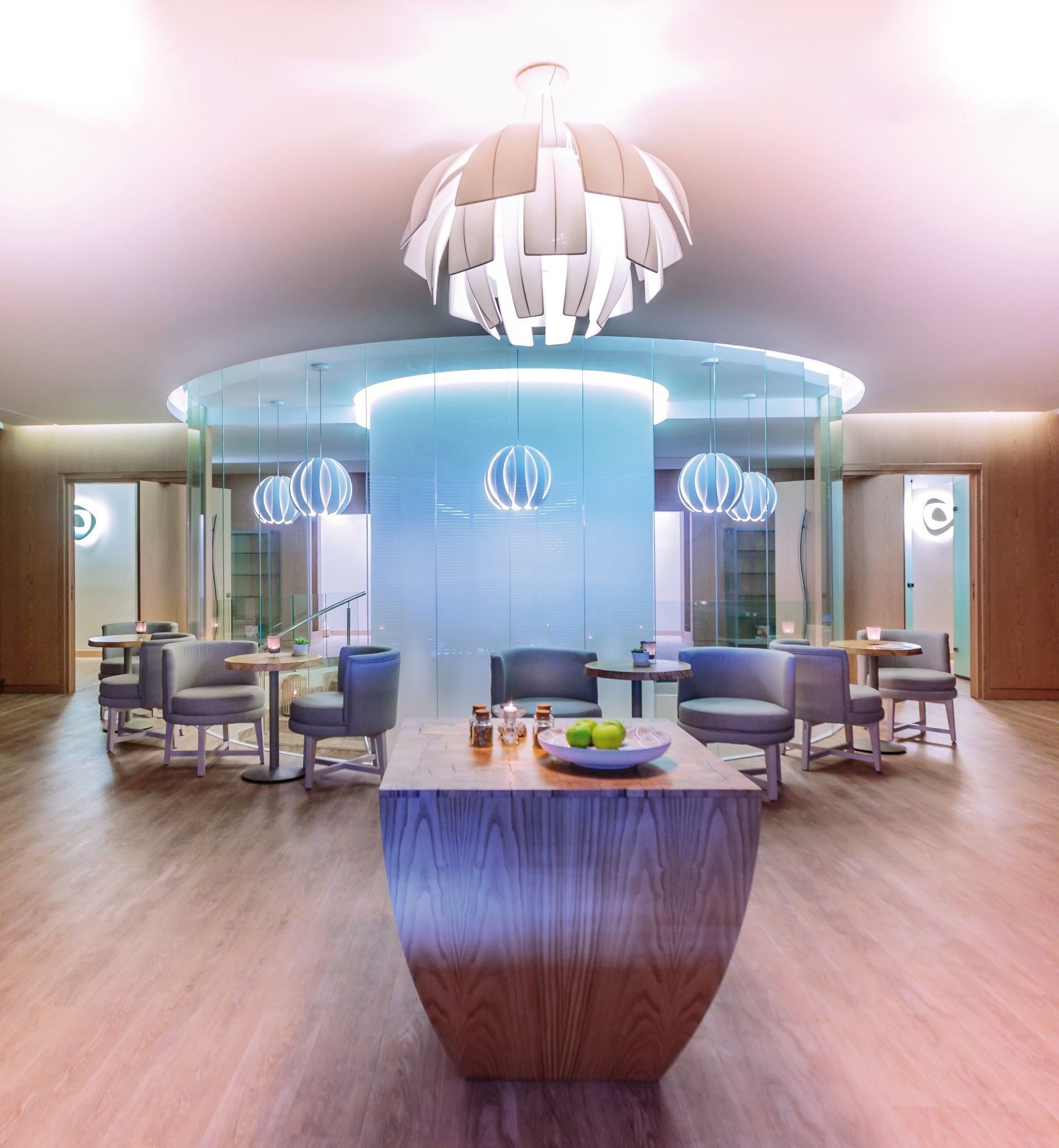
Miraggio Thermal Spa Resort copy
Main Stages of a Lighting Design Study
Nowadays, lighting design is a specialized professional activity that creatively combines the art and science of lighting in the human environment and has clear goals and measurable results regarding the quality of the final result. The design process is carried out in stages, based on each project’s construction time frame. The main goals of a lighting design study, are:
- The complete satisfaction of the general as well as the more specific lighting needs of the hotel guests
- The rational management of the consumed energy
- The harmonious integration into the building’s architecture
- The creation of the right atmosphere according to each activity that takes place in the interior spaces
Quality lighting is a serious investment, and not only on economic terms. Lighting design involves a series of important decisions regarding the development of the photo-technical quality criteria, such as the level of lighting, the type of lighting (direction, shadows, etc) the color of the light, the color rendering, the distribution of brightness in the observer’s range of view and the limitation of direct and indirect glare.
The lighting design process is completed in three main stages, as described below:
Stage A: Preliminary design and presentation of the main concept
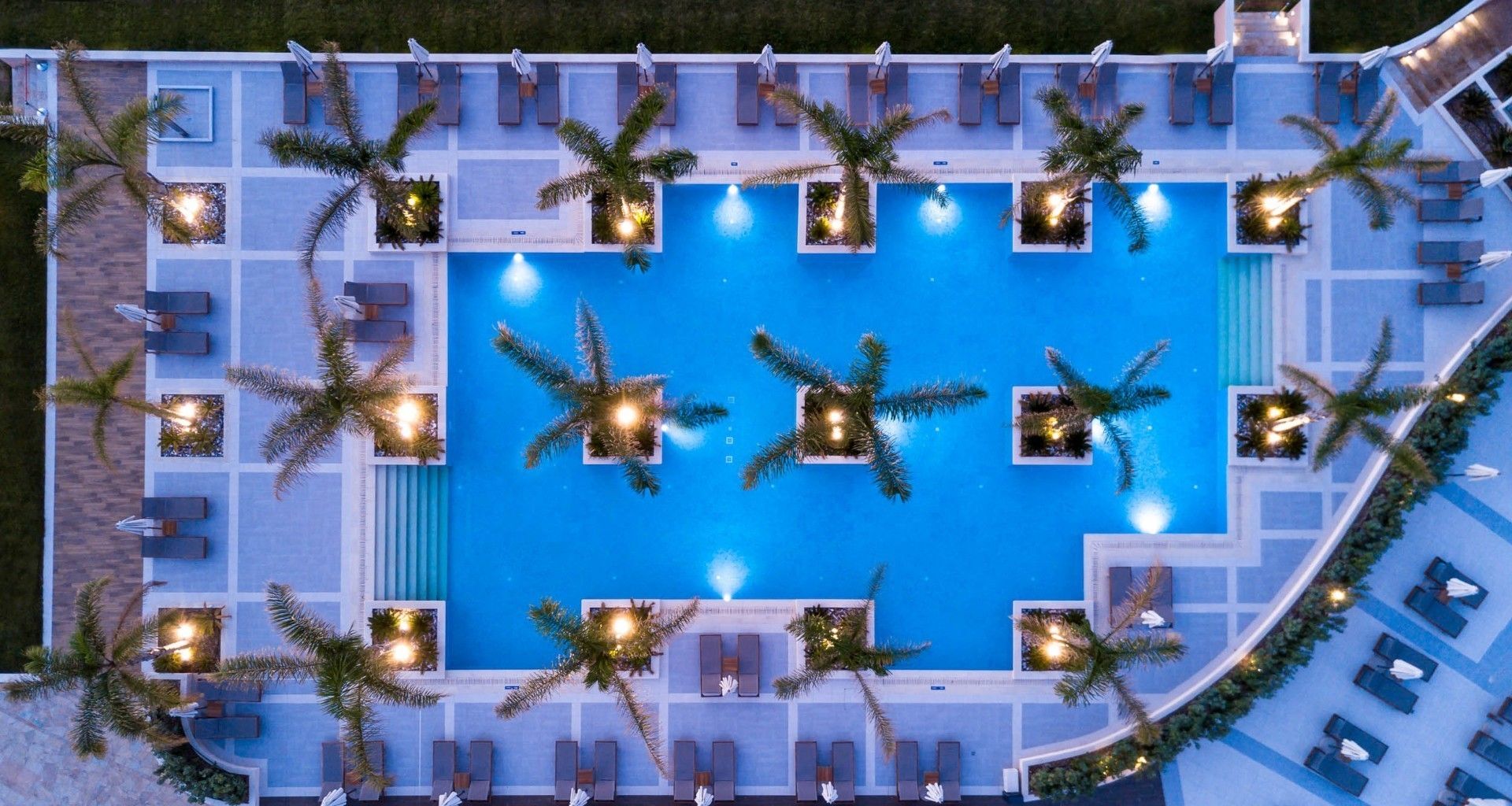
Miraggio Thermal Spa Resort
At this initial stage, the first meetings with the design team are carried out to determine the main parameters and requirements of the project. This is the stage at which the program, the financial and time requirements, as well as the project’s goals are specified and consolidated.
Once their requirements are understood, the lighting designer presents his/her suggestions, with a detailed analysis of the philosophy and the central concept of the lighting. This presentation is mainly conducted with the use of 3D rendered images that capture the lighting’s final result, as the study suggests. The presented 3D renderings are actual digital depictions of the recommended model, including information about materials and lighting. They are a result of a complex process of 3D rendering, which is done with the use of special software.
The purpose of this creative process, which requires not only specialized knowledge of the software’s use, but also great experience and profound knowledge of the characteristics and properties of light, is to communicate clear information about the final image of the under-construction hotel. The level of these images is often so high, that what they show is almost identical to the final result.
*Sponsored
Advertise here:
Hotelier Academy Sponsored Box
Hotelier Academy’s Experts can present your products and services within special Sponsored Boxes, using interesting and targeted content, relevant to the article’s subject. The content will include backlinks to your official website, while you can even add contact details for your executives.
I am interested in being advertised in a Sponsored Box:
Otherwise, you can contact directly Ms Effie Vlastara at +30 2103245142 or you can send an email: effie@hotelieracademy.org
Stage B: Detailed design study of implementation
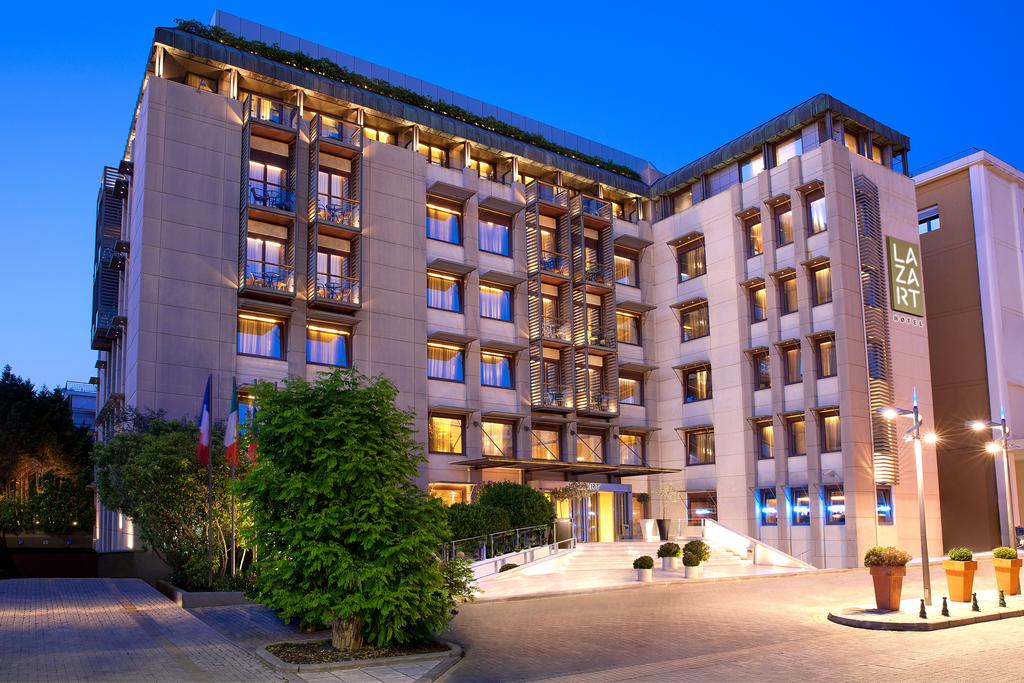
Lazart Hotel
The design development that takes place in the next stage, begins immediately after the project’s owner at the moment when the aforementioned proposals and the preliminary study are approved by the owner and architect of the project. It includes the detailed design of those that have been approved and the drafting of the detailed technical specifications for the lighting equipment that will be used.
The study is carried out with aiming to achieve a series of specific quality criteria according to the use of the indoor area. These criteria are the level of illumination, the type of illumination, the color of light and color rendering, the distribution of brightness in the observer’s range of view and the limitation of the glare. More specifically:
The level of illumination

Miraggio Thermal Spa Resort
Depending on the space and the type of the activity that takes place in it, the appropriate amount of the illumination surface is determined. The surface illumination ie. illuminance (E) is the amount of the light that falls uniformly on a specific surface. The unit of measurement is the lux (lx). The reference’s values are given by tables with international standards. During the design process, a prediction of a 15% -25% increase in lighting level is anticipated, in order to take account of the gradual reduction of the luminous flux of the lamps due to pollution (dust or other contaminants in the luminaires and walls).
The type of illumination
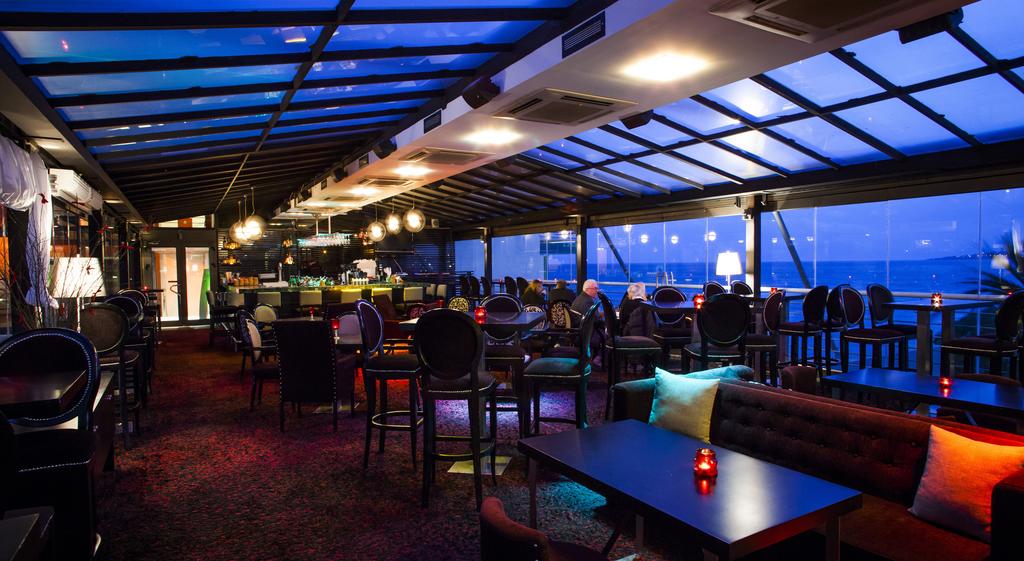
Domotel Xenia Volos
Firstly, the choice of the appropriate type of illumination is made depending on the architecture and geometry of the hosting room. The types of illumination are:
- General ambient: It ensures satisfactory lighting levels for a safe, comfortable and pleasant movement and stay in the room.
- Local – task: It ensures adequate lighting where required (eg for reading).
- Accent: It highlights selected architectural and decorative elements of the hosting room.
- Decorative: It adds vividness and color and enhances the feeling of a warm and friendly atmosphere.
The color of the light and the color rendering
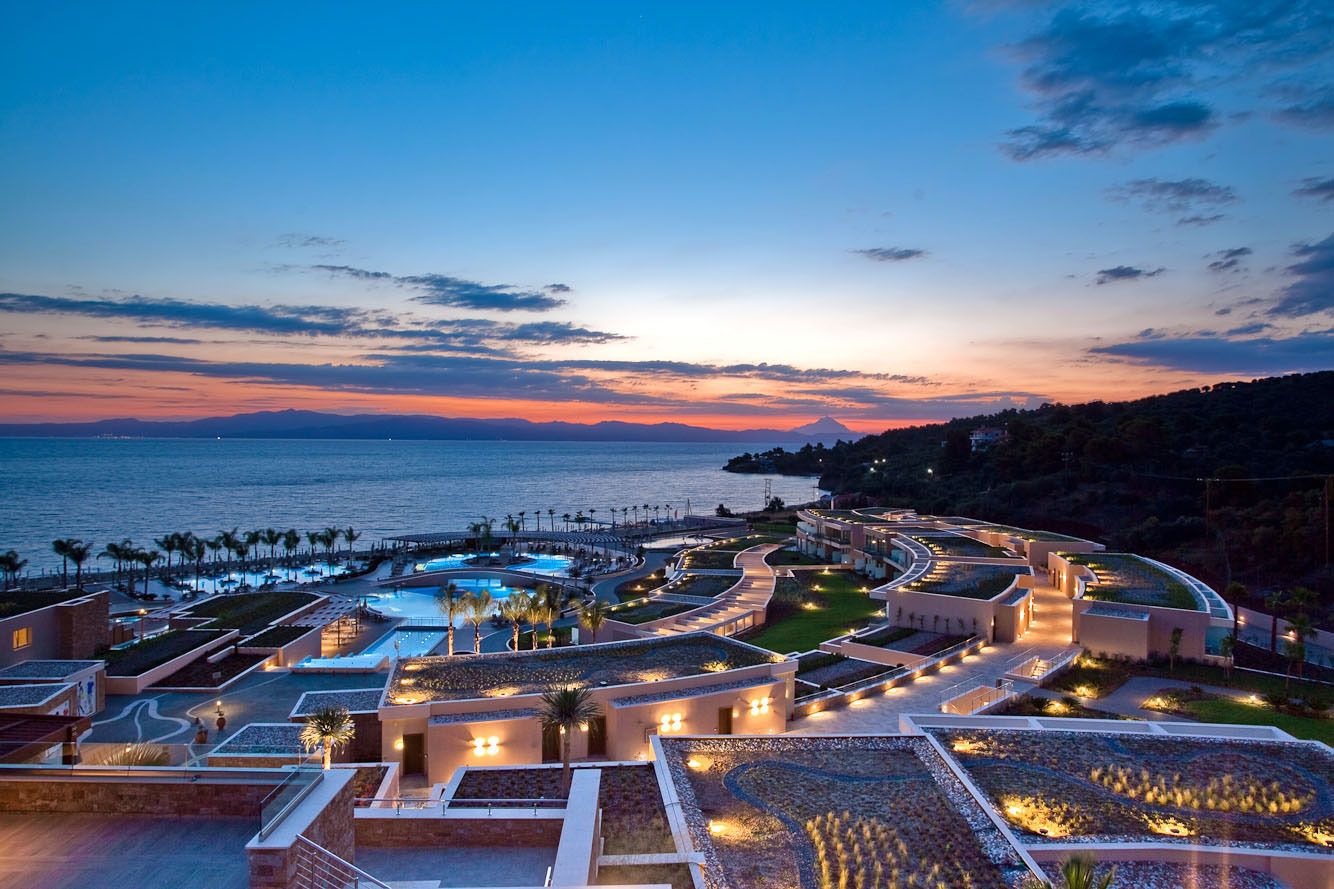
Miraggio Thermal Spa Resort
The light of artificial light sources has, like the natural light, a certain spectral composition, which determines its color. The illuminated surfaces of a room reflect, in a certain part of the spectrum, the light incident on them according to their color. In order to correctly being reflected the colors of a lighted surface, the light source must emit light near the spectral area which corresponds to the colors of the illuminated surface. Therefore, the spectral composition of the light determines its color rendering.
The choice of a suitable lamp includes a number of practical factors, such as the lighting performance, the energy consumption and the cost, but also a number of factors that are associated with the aesthetic effect that is willing to be created, such as the distribution, the intensity, the diffusion and the color of the emitted light, as well as the degree of exact rendering of the colors of the surfaces and the objects at the room.
The distribution of the brilliance within the observer’s range of view.
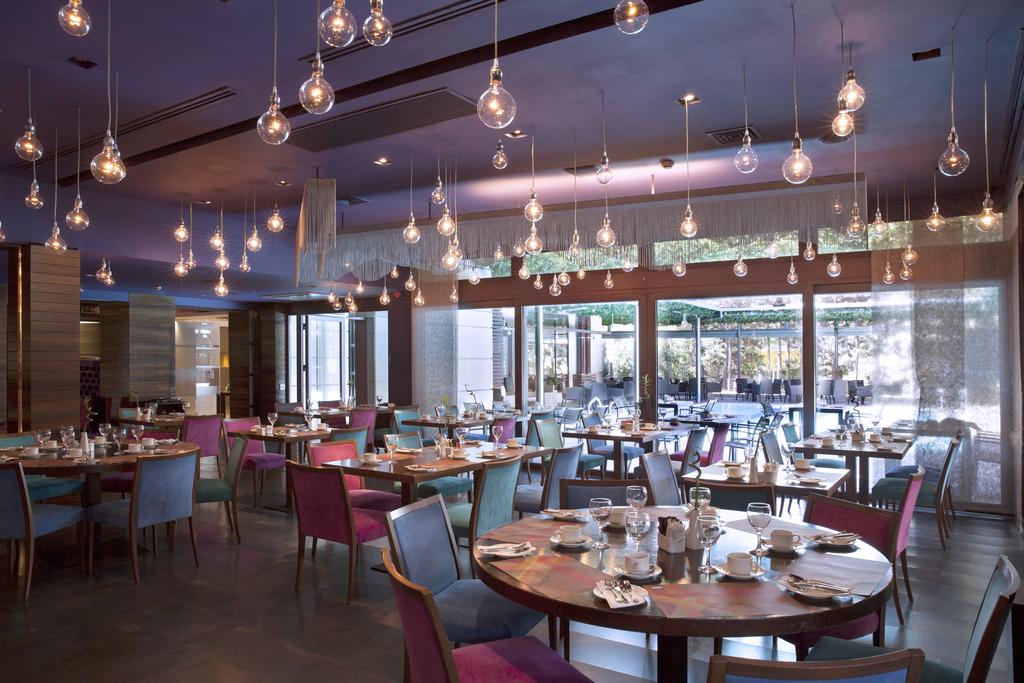
Lazart Hotel
Luminance (L) is the amount of the light that reaches the human eye after being reflected on a given surface and it is the objective measure of the brightness sensation of a surface. The unit of measurement is Candela per square meter (cd / m2). Determining the distribution of luminance in the room refers to the relationship between the illumination level of the working surface and that of the surfaces that directly surround it (walls and roof).
Limitation of the glare (direct and indirect)
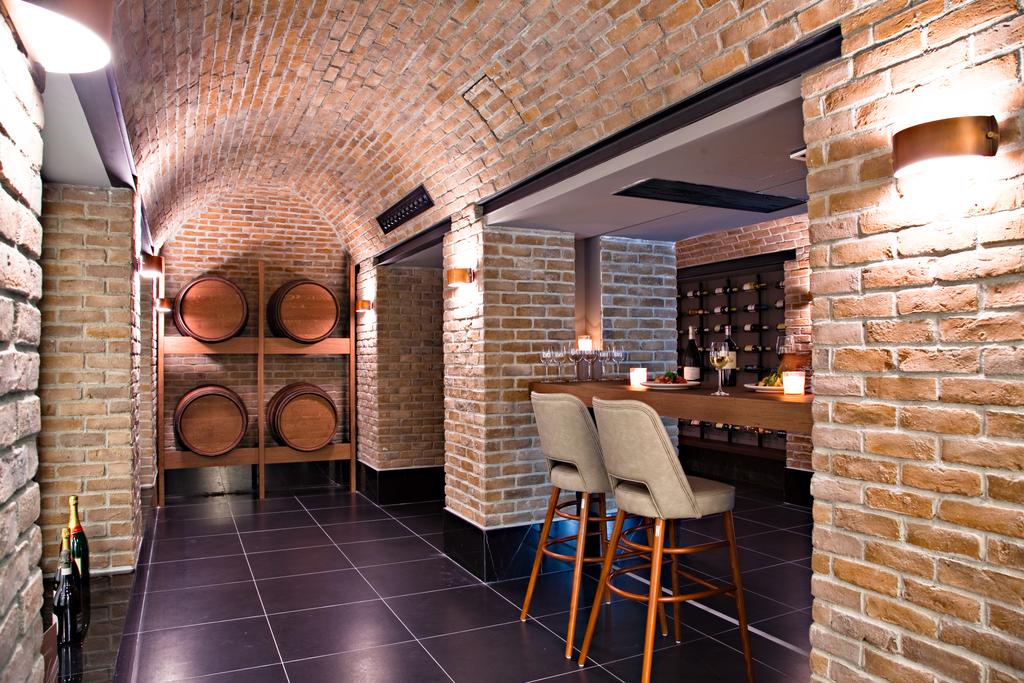
Miraggio Thermal Spa Resort
Glare is caused either by high brightness values or by great differences in brightness within the observer’s range of view. Direct glare is caused by the luminaires or the surfaces of the lighting room. Indirect glare is caused by light sources on glossy surfaces, in which the human eye is randomly directed to. The limitation of the direct glare, in tolerable levels, is done by using louvers, baffles in luminaires or by choosing more suitable ones. The indirect glare can be limited by the appropriate arrangement of the luminaires in the room and by choosing the appropriate luminaires.
Creation of the technical equipment specifications
The choice of luminaires in order to achieve all of the above is based on a number of criteria:
- Their shape has to relate with the geometry and interior decoration of the room.
- The operating temperature close to light sources and the operating devices to be kept at low levels.
- The light source flux to be distributed properly.
- Their maintenance and cleaning to be easily done.

Domotel Xenia Volos
Technical Specifications of the luminaires include at least:
- The type of luminaire.
- The precise position of the luminaire in the room and the indication of the appropriate way of supporting or integrating the building components.
- Details of the color, the finishing and the construction material of the luminaire.
- Photo of the lamp.
- Photometric diagrams.
- Detailed and accurate dimensions of the luminaire.
- Technical electromechanical installation details.
- Technical elements of the light source (lamp).
- Technical elements of the ignition, the operation and the control system.
- Manufacturer / representative information.
Afterwards, all the necessary design and technical details are submitted for more effective integration of the lighting into the architecture and interior design of the room. The manufacturing drawings (plans and sections) are produced electronically (Cad) with a clear and accurate depiction of the type, the number and the location of the luminaires in the room, the way they are controlled, as well as all the necessary electromechanical information such as electrical loads, control circuits and maintenance program plan.
All this information is included in the issue of the lighting control situations. Finally, the final budget for the lighting equipment and control system is submitted for approval.
Stage C: Integration – Supervision
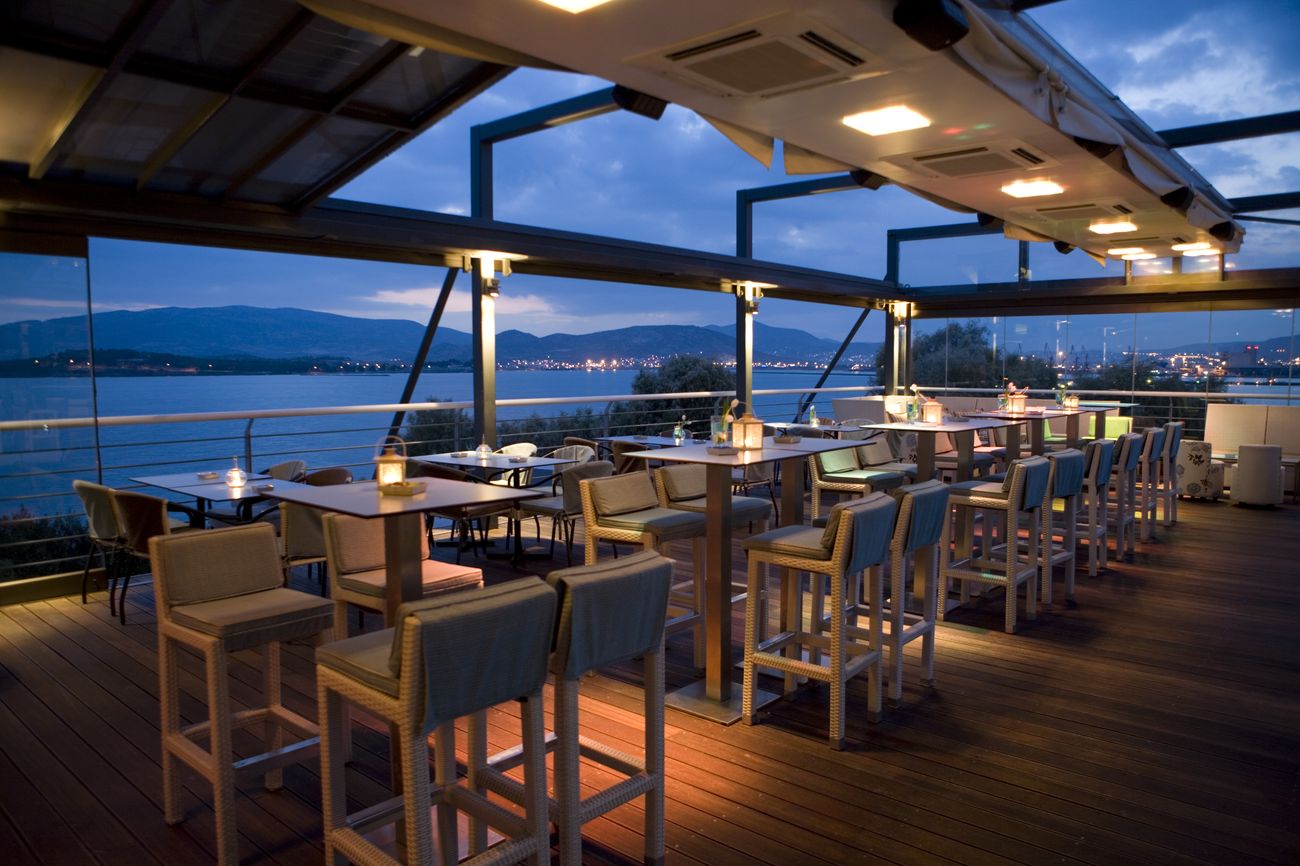
Domotel Xenia Volos
The final stage of the project completion includes supervision of the equipment’s installation and the required final adjustments in the area. The lighting designer, with on-site visits, can guarantee that the lighting of the project is in line with what was planned. The supervision both of the procurement process and the equipment’s installation ensures that the program is completed smoothly, without delays and always within a predetermined budget. The final stage of the equipment’s setting in the room and the programming of the lighting control system is very important since it ensures the successful implementation until the last detail of the lighting study. At the end of the project, the lighting designer delivers to the room administrators, forms with detailed instructions for a proper maintenance of the lighting installation in order to maintain the design for as long as possible.
Conclusion
The hospitality industry is currently interested in personalizing the individual client’s experience and to make it unforgettable. The guests’ needs are among the most important priorities in any professional lighting design in hotels, always in a context of energy saving and ‘smart’ lighting controls. Most of the hotel areas are used all day and in more than one function and the multiplicity of activities in them are also of particular importance in the design of lighting. Although lighting is more a complex rather than purely artificial subject, the solutions that are suggested each time should be simple and easy as far as their maintenance is concerned. New technologies in light sources, luminaires and lighting control systems can help reduce the operating costs of lighting installations and improve the hotel’s revenue without compromising on the quality of lighting.

